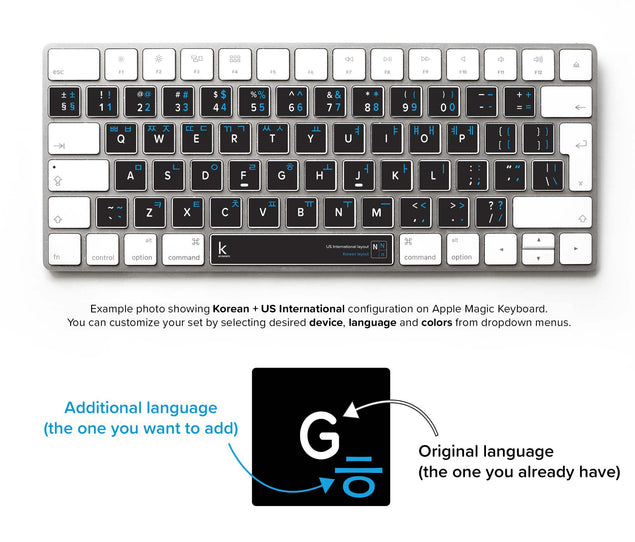
'Hancom Office Hwp for Android' is the latest office product for mobile compatible with 'Hancom Office Hwp 2018'.
HANGUL 2014 FOR MAC INSTALL
Listen to Hancom Office 2014 Vp 18 and sixty-six more episodes by Neue Haas Grotesk Font Download Free, free! No signup or install needed.
HANGUL 2014 FOR MAC ANDROID
cfe036a44b Hancom Office Hwp 2014 - Android Apps on Google Play'Hancom Office Hwp 2014 for . Integer overflow in the HwpApp::CHncSDS_Manager function in Hancom Office HanWord processor, as used in Hwp 2014 VP before .
HANGUL 2014 FOR MAC SOFTWARE
Hancom is an office software provider taking vision of information independence to the Globe. Hancom Office Hwp 2014 for Android' is the latest office product for mobile compatible with. We recommend this high quality and super affordable Korean character MacBook keyboard cover.There's no need to retrain because Hancom Office 2014 VP (English Edition) is designed to look, feel and behave like Microsoft Office. Some people find using keyboard covers a better way to type without having to remember shortcuts or mess with software settings. Fortunately macOS groups the characters into blocks for you as you type, so if you press "t-k-f-k" you'll get "사라" rather than "ㅅㅏㄹㅏ", making things a bit easier. So if you press "k", for example, you'll get "ㅏ". Once you selected the "2-Set Korean" option in the menu bar, each key on your Mac's keyboard becomes dedicated to one Hangul character. Typing using the 2-Set Korean input method is a little trickier. Or if you wanted to get "사랑해" you'd type "saranghae". For example, if you wanted to get "한굴", you'd type "hangul", as it is the Romaja for "한굴". To type in Hangul using this input method you must type the Romaja for the Korean word, which will automatically be converted to Hangul as you go. You'll now see that the flag in your menu bar has changed to a blue and red circle, indicating that your keyboard is set to Gongjin Cheong Romaja. To type using the Gongjin Cheong Romaja input method, click on the flag in your Mac's menu bar (it should be in-between the battery meter and the date/time) before clicking on "GongjinCheong Romaja".
:max_bytes(150000):strip_icc()/hwp-files-5a5e582eaad52b0037f14768.png)
So tick both the "2-Set Korean" and the "Gongjin Cheong Romaja" boxes, as is illustrated in the screenshot below. You'll notice that once you tick Hangul a sub-menu will open up, allowing you to select how you want to input Hangul. If you want to type Korean on your Mac, you'll first have to enable some Korean input methods. Doing so is quite straightforward - Simply open the system preferences, click on the "Languages & Text" pane, then go to the "Input Sources" tab. From here you can select input methods via the big list, so scroll down until you see "Hangul" and tick it.

With this input method each key on your Mac's keyboard is assigned a Hangul character, and you simply press that key to type that character. This could be faster than the Gongjin Cheong method if the typer is experienced, however the obvious drawback is learning where all the characters are. It's like learning to type all over again! However if you are more experienced, or want to type Hangul the "proper" way, there is the 2-Set Korean input method.

This method is probably easier for beginners, as you only need to know how the Korean words are spelt in Romaja. You can use the Gongjin Cheong input method, which works by the user typing Romaja and macOS converting it to Hangul characters on the fly. There are two main ways to type Hangul on your Mac.


 0 kommentar(er)
0 kommentar(er)
